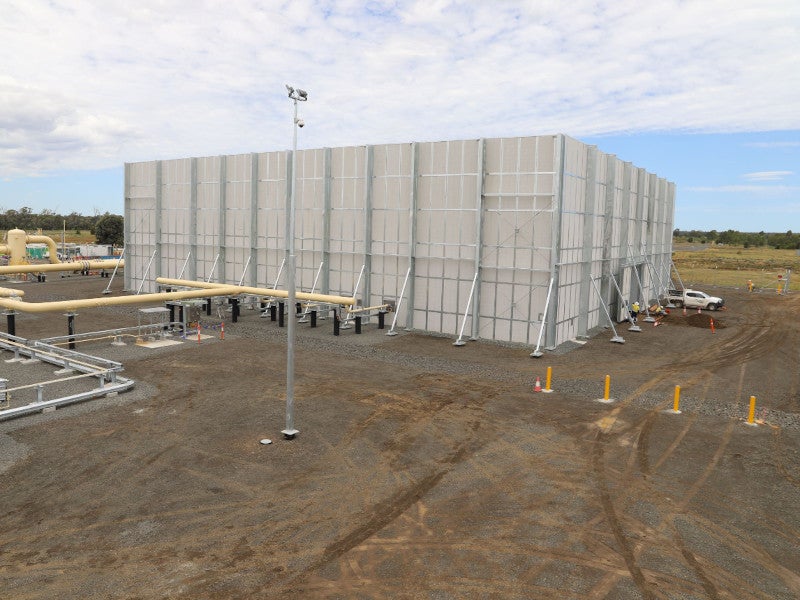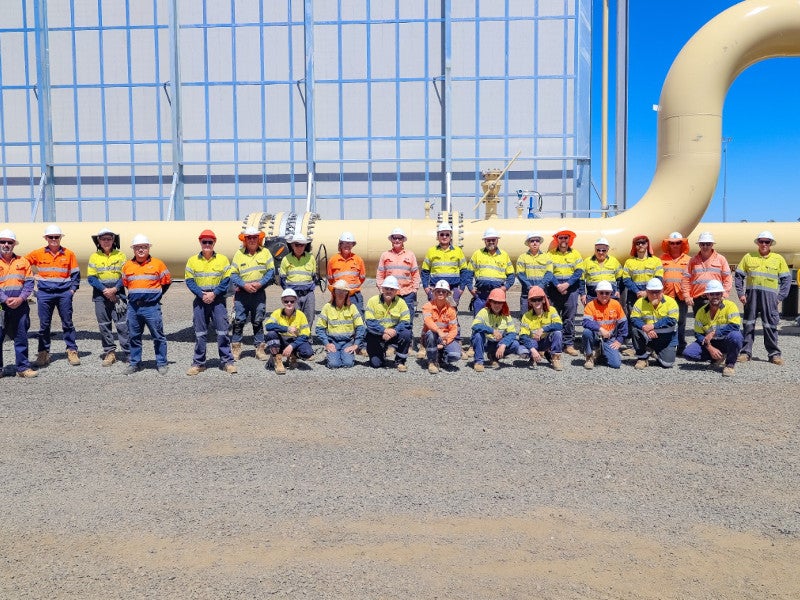The Surat gas project is a coal seam gas development situated in southern Queensland, Australia. It is one of the most substantial gas ventures on the country’s east coast with the initial phase involving the installation of hundreds of coal seam gas wells.
The project is being developed by Arrow Energy, a 50/50 joint venture (JV) by Royal Dutch Shell and PetroChina. The Financial Investment Decision for phase one of the project was announced in April 2020 while the subsequent phases are currently under planning.
Over its projected 27-year lifespan, Arrow Energy intends to extract and commercialise about five trillion cubic feet of natural gas from the Surat gas project. The Queensland Government granted approval for the project’s environmental impact statement in 2013.
Project location
The Surat gas project is located in Australia, approximately 160km west of Brisbane, within the Surat Basin of Queensland. The project area will extend in an arc from Wandoan in the north to south-west of Millmerran, encompassing seven production licences, namely PL69, PL28W, PL12W, PL320W, PL11W/PLA321, PL89, and PL11SC.
Reservoir details
The project will target gas reserves in the coal seams of the Walloon Coal Measures within the Surat Basin. The Walloon Coal Measures are characterised by a mix of carbonaceous mudstone, siltstone, minor sandstone, and coal.
The project also includes the Juandah Coal Measures, Tangalooma Sandstone, Taroom Coal Measures, and Durabilla Formation, of which Juandah and Taroom are targeted for exploration and production.
Project details
The project will be a multiphased endeavour, with up to 2,500 production wells across all its phases and will supply up to 700 terajoules of gas a day to the market.
The development will commence by expanding Arrow Energy’s Tipton fields located near Dalby and will eventually reach the Daandine and Kogan areas. Arrow plans to utilise the Daandine and Tipton compression facilities to enhance operations at Tipton while also prolonging its functional lifespan.
The first phase will involve drilling more than 600 wells, extending from Daandine to the Tipton area. The wells are expected to produce gas for 27 years at a peak rate of approximately 300 terajoules a day.
As part of the future phases, an additional 1,900 wells with associated gathering facilities will be installed across Arrow’s Surat tenure areas. Two new Field Compression Stations are proposed to be constructed at Lynwood, south of the Tipton development, and Girrahween, near Miles.
Two additional IPFs will also be constructed at Jammat and McNulty Field Compression Stations operated by Shell Queensland Gas Company (QGC).
Production wells
The production wells will be established on either single-well or multi-well pads. The single-well pads will house vertical production wells, while the multi-well pads will accommodate both vertical and deviated production wells.
A conventional vertical trajectory will be followed for 30% of the wells, drilled via single-well pads. The remaining 70%, including both vertical and deviated wells, will be drilled from multi-well pads.
Processing facilities
The Harry IPF, located about 27km south-west of Dalby, was completed in January 2023. The facility will purify coal seam gas before the gas is conveyed to Shell’s QGC facilities by pipeline.
The David IPF, which will serve as the initial delivery point, was established in 2021. The facility will remove water and impurities from the gas prior to its transportation to Shell’s QGC facilities via a dedicated pipeline.
A central gas processing facility is also planned to be constructed for compression and dehydration of gas, readying it for the sales gas pipeline. A pipeline will transport the treated gas to either the domestic market or an LNG plant.
Additionally, field compression facilities will be implemented to boost on-site compression when wellhead pressure is insufficient for direct gas transportation.
Off-take agreements
In December 2017, Arrow Energy secured a 27-year, gas supply agreement with the Queensland Curtis LNG JV, which includes Shell (operator), CNOOC, and Tokyo Gas as partners.
Contractors involved
Ventia, an infrastructure services provider, was tasked with providing greenfield construction, procurement, precommissioning, and commissioning services for the Harry and David IPFs.




